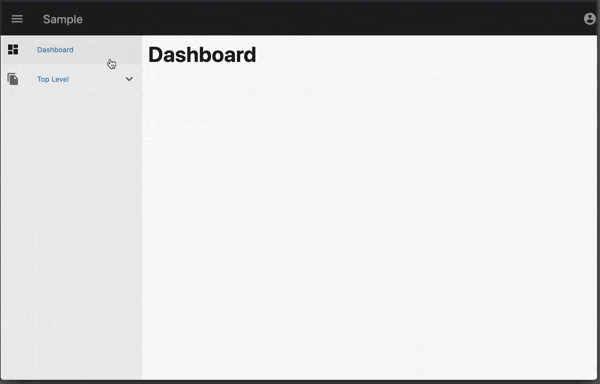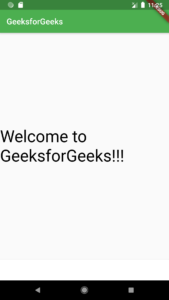

Note: Huge indentation levels are a sign that you need to refactor your code.

It seems to develop some kind of virtual greater than sign (of empty space) at the left.
SCAFFOLD MEANING IN FLUTTER CODE
You will notice that your code indents inwards from the left margin. As widgets continuously take more widget children, your app gradually grows into a large widget tree.Īs you implement UIs in Flutter, bear in mind that you are building a widget tree. child and children are common properties of most Flutter widgets. The FloatingActionButton takes the onPressed callback, 'Increment' tooltip, and an Icon for a child. The Column in turn has two Texts as children. In turn, the AppBar also takes a title parameter that has a Text value.īody takes a Center value that has a Column child. The parent Scaffold takes the appBar, body, and floatingActionButton parameters. The following is part of the code you get when you create a new Flutter project and remove the comments: build(BuildContext context) Part of the placeholder code for new Flutter projects This means that you can really implement any UI you want easily in Flutter.Īdding to the many available widgets, you can also create your own widgets as you implement UIs. This means that you have more than 23000 widgets from pub.dev to implement, in addition to the available 680. But searching an empty string (don't enter anything in the search bar and then press the search icon) and setting the SDK to Flutter returns the current total number of published packages.Īt the time of writing, there are more than 23000 Flutter packages in pub.dev. It is difficult to count the widgets in pub.dev. pub.dev, Dart and Flutter's package manager, have many more widgets you can use to implement UIs. These widgets typically have all you need. That is a total of 680 widgets available for you to use and implement UIs. Then search across all files for "extends StatefulWidget" and "extends StatelessWidget" and take note of the number of results.Īs of Flutter 2.10, you will get 408 StatefulWidgets and 272 StatelessWidgets. To check out the widgets available by default, open the packages folder of your Flutter installation in your preferred editor. Your local Flutter installation comes with several widgets. Widgets in FlutterĪ widget is a Dart class that either extends StatefulWidget or StatelessWidget. Widget names reflect what they are and their properties are easy to understand. This is part of what makes Flutter easy to use – it's basically plain English. For example AnimatedWidget, BottomNavigationBar, Container, Drawer, ElevatedButton, FormField, Image, Opacity, Padding. But in Flutter, it's just one language: Dart.Ĭoupled with the only-one-programming-language benefit, Flutter is simple because everything in Flutter is a widget. For Android, you have to write Kotlin (or Java) and XML. For example, in front-end web development, you have to write HTML, CSS, and JavaScript. Most UI platforms use more than one language. Especially for a tool that can build desktop, mobile, and web applications. This is an underemphasized benefit of Flutter.

In Flutter, contrary to most frameworks, Dart is the only programming language you use to code. What is Flutter? Flutter is an open source framework by Google for building beautiful, natively compiled, multi-platform applications from a single codebase. This tutorial also explains a wide variety of UI concepts in Flutter. It is rather a guide that will help you implement any UI you come across into an app you already have. This is not a tutorial on building an app.
SCAFFOLD MEANING IN FLUTTER HOW TO
In this article, you will learn how to convert any user interface image, piece, or screen into Flutter code.


 0 kommentar(er)
0 kommentar(er)
